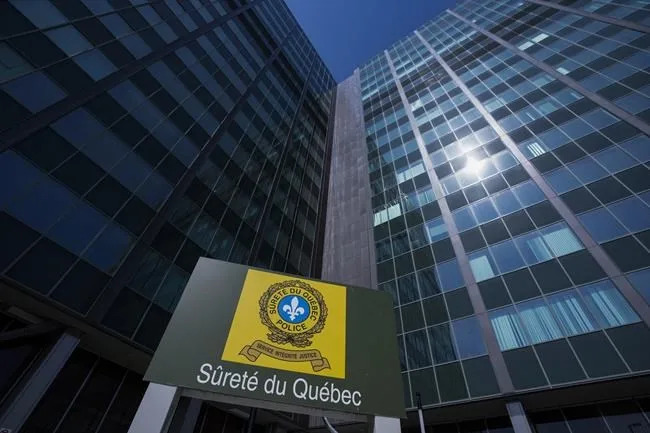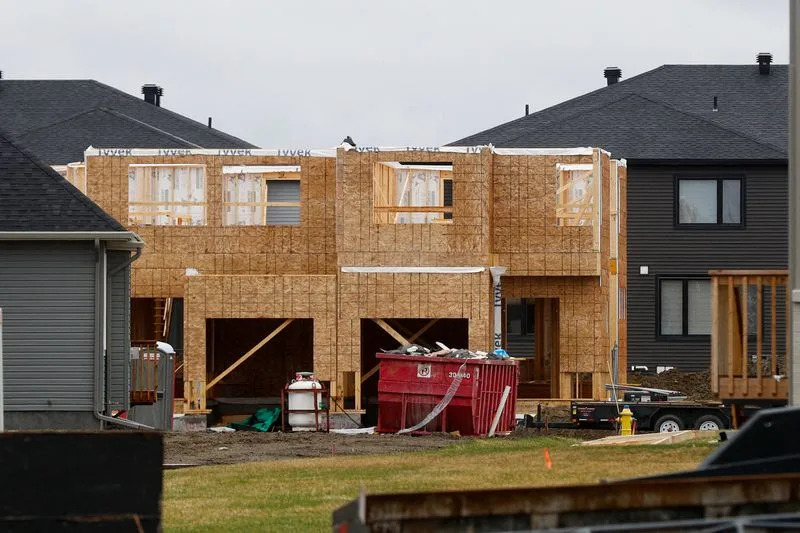"Basically what the MPA is doing is saying, 'if you create images like these, you will be punished,'" the filmmaker said about the movie's NC-17 rating
Elisabetta Bianchini
August 11, 2023
Veteran filmmaker Ira Sachs' movie Passages, starring Ben Whishaw, Franz Rogowski and Adèle Exarchopoulos, beautifully depicts the complexities of power and desire in relationships, but was unfortunately hit by shameful censorship.
In Passages we're first introduced to Tomas (Rogowski) a self-involved filmmaker in Paris who's married to Martin (Whishaw). Following his personal feelings and attraction, and not particularly thinking about his husband at all, Tomas has an affair with a young woman, Agathe (Exarchopoulos), unravelling his marriage.
"It was the dark days of the pandemic and I wanted intimacy," Sachs told Yahoo Canada. "When I imagined the movie that I might one day get to make, it was a film of actors and bodies and sex, and something that cinema uniquely can offer to the viewer, which is a kind of closeness that turns into pleasure."
"I also wanted to make a film that was driven by desire, and the gap between what the characters have and what they want. So a love triangle was kind of the answer for us."
L to R: Franz Rogowski (Tomas) and Ben Whishaw (Martin) in Passages (Courtesy of MUBI)
'I had great examples of men in movies behaving badly'
Tomas is a particularly interesting character. He easily has narcissistic tendencies, but as the film progresses, we see that he does have empathy for others, at least in some capacity. Sachs expertly puts his own stamp on a lead character that engages in behaviour that's not particularly admirable.
"I had great examples of men in movies behaving badly, specifically James Cagney was an inspiration," Sachs said. "I watched a lot of film noir during the making of this movie and beforehand, every film is about a guy doing the wrong thing."
"That lineage going through Marlon Brando on to Travis Bickle [from the movie Taxi Driver], these are all interesting cinematic characters. So I found it very natural. I also knew that Franz is creating a performance, which is different than just watching someone like Donald Trump, for example. Someone playing Donald Trump is different than being Donald Trump, and I think the play is really part of the pleasure of the performance."
In looking at this love triangle, Sachs isn't particularly quick to bring the audience into the room, so to speak. That very much evolves as the story progresses. As the filmmaker explains, it's a movie that is "a series of middles."
"I'm comfortable with the audience being disoriented in the beginning, because I believe that with time, they will become central, they will become inside the film," Sachs said. "What's important is that every scene have authenticity and that it be constructed with narrative direction."
"I'm telling the story, but I want the audience to feel like there is an atmosphere of freedom. So that becomes a balance and editing becomes very important. Working with Sophie Reine, the French editor on the film, you want the audience to not know where they're going, but feel comfortable that someone is taking them there."
L to R: Franz Rogowski (Tomas) and Adèle Exarchopoulos (Agathe) in PASSAGES (Courtesy of MUBI)
'We're going into some time of repression and denial'
A movie with a similar storyline, created by someone with less commitment to authenticity, would be quick to label what the love triangle is. But Sachs avoids that construct entirely. This relationship isn't confined to a specific definition, it's just the result of passion and feeling. But that's something the filmmaker said he took from his actors.
"The actors taught me where to go, really," Sachs said. "They are from a generation following my own and I think they exist in a moment in which the labels don't seem to work, the way that they were needed to when I was their age."
"It'd be very interesting to make this film again with three 70 year-olds. It would be a very different story, because identity means something different for queer people, and also for non-queer people, then it [did] 30 years ago. That is one form of progress. I think in terms of imagery, I'm not sure we're making progress, I think we're going into some time of repression and denial, that I want to be a part of challenging."
This image released by Mubi shows Ben Whishaw, left, and Franz Rogowski in a scene from "Passages." (Mubi via AP)
'If you create images like these, you will be punished'
In advance of the film's wider release to the public, Passages received an NC-17 rating from the Motion Pictures Association (MPA). Mubi, the film's distributor, has decided to release the film unrated.
In a widely shared interview with the Los Angeles Times, Sachs called the decision "cultural censorship."
"It’s really about a form of cultural censorship that is quite dangerous, particularly in a culture which is already battling, in such extreme ways, the possibility of LGBT imagery to exist," he told The Times back in July.
What's clear is that the rating is linked to a particular sex scene between Whishaw and Rogowski, while the MPA, in a statement to The Times, said "sexual orientation of a character or characters is not considered as part of the rating process."
Sachs stressed that he's not necessarily particularly worried about this censorship for his own filmmaking, but he's more worried about the precedent this sets for other filmmakers.
"I'm not worried about myself because I got to make the film that I wanted to make, and I feel very supported both by my producer Saïd Ben Saïd and by my distributor Mubi," Sachs said. "I'm more worried about the warning shot that this kind of censorship makes towards other filmmakers who want to create free images."
"Basically what the MPA is doing is saying, 'if you create images like these, you will be punished.' Foucault would consider this a nightmare of control. That's what it is."
The filmmaker added that the significant question is not necessarily the rating for this movie, but why does the MPA still exists at all.
"This should actually be a moment you go, 'Wait a minute. Why do we follow a nameless group of parents,'" Sachs said. "That's also such a creepy naming of a group, 'nameless parents.'"
"In America, when you start hearing about nameless parents, you think about libraries in Texas. So why is this progressive industry, a modern industry, an industry that supports individuality, supposedly, following a nameless board of parents telling them what should and should not be seen?"
Foucault would consider this a nightmare of control. That's what it is.
Sachs went on to stress that it's not just the MPA, but other key stakeholders, people and organizations with power, that are participating in this censorship.
"It's the festivals run by men who want to hold on to power. It's the distribution companies run by men who want to hold on to power. It's the government's run by men who want to hold on to power," Sachs stressed. "There's a lot of systems that you have to try to resist to make original, personal work."
"And I'm a man of great privilege. So consider all the people with less privilege, and where are those voices."
Passages opens Aug. 11 in select Toronto and Vancouver theatres, Aug. 18 in Montreal, Quebec City and Ottawa, and throughout the summer in other Canadian cities












